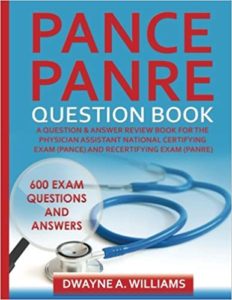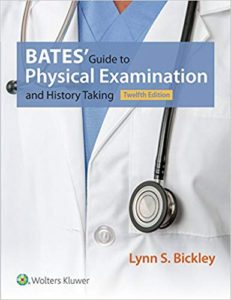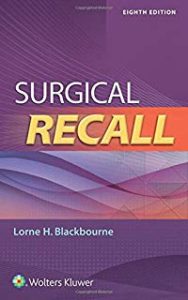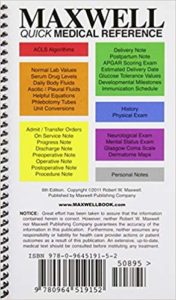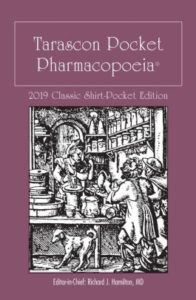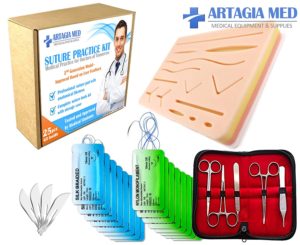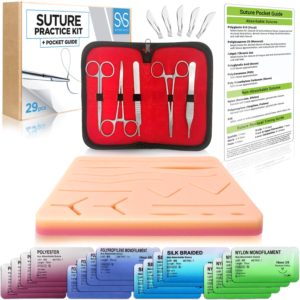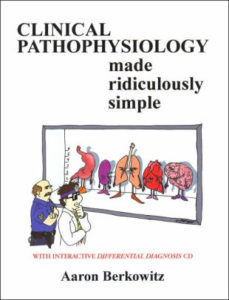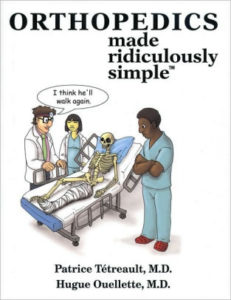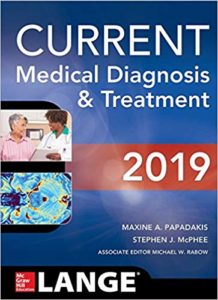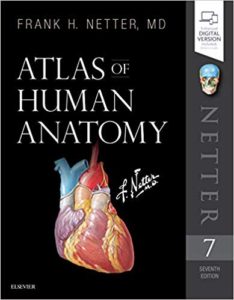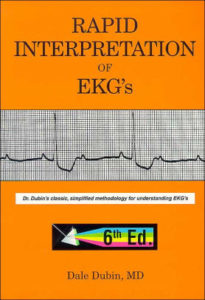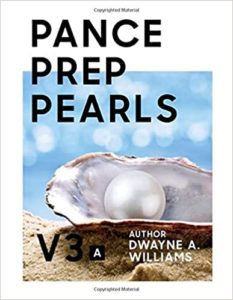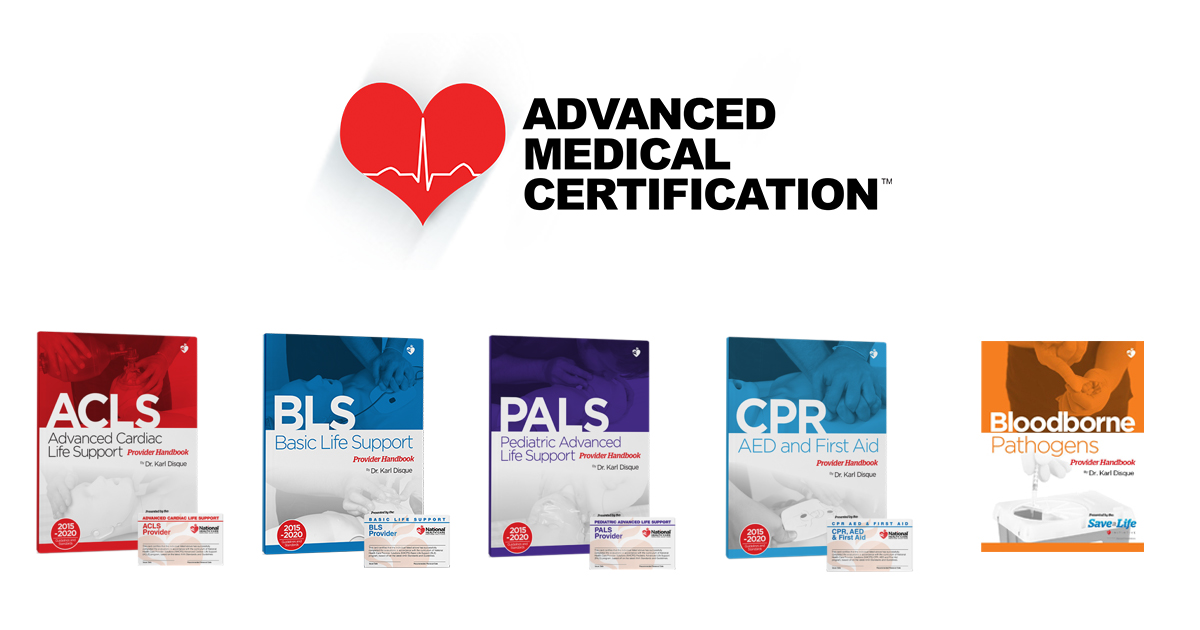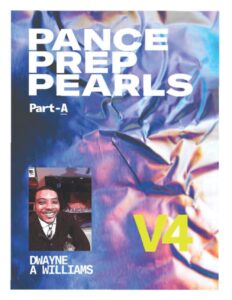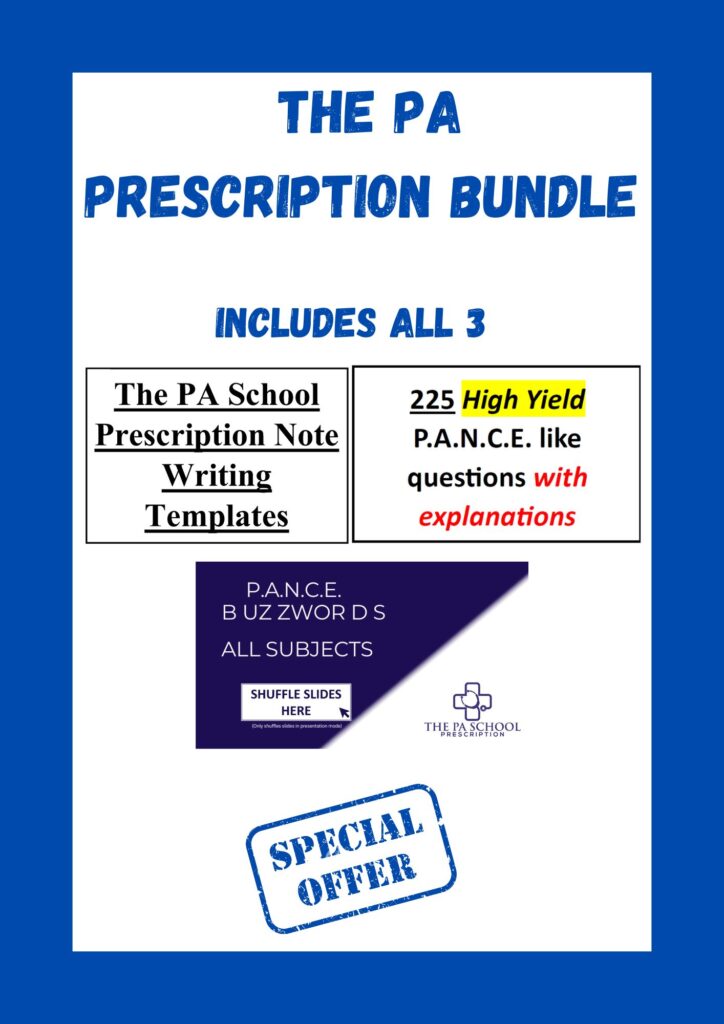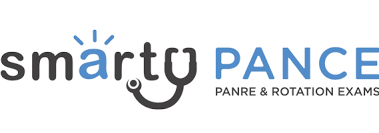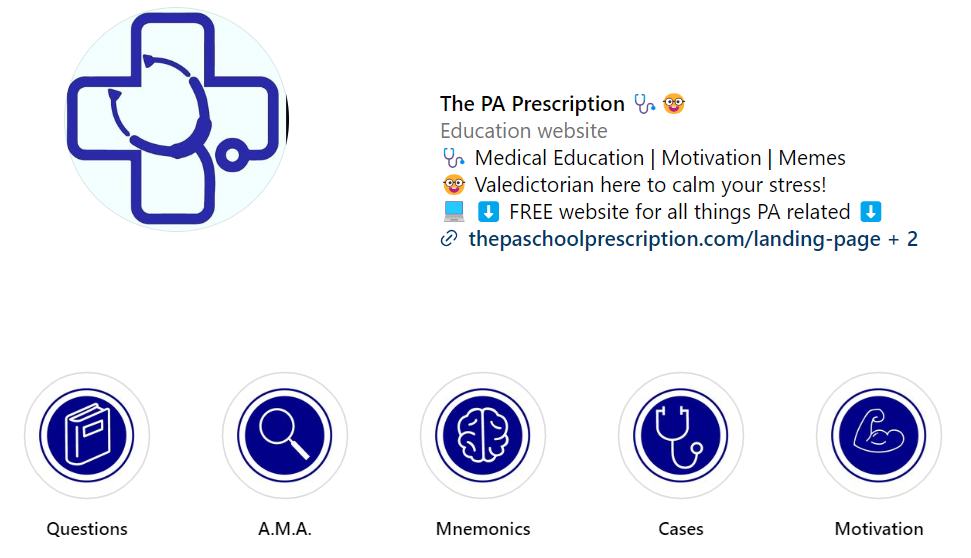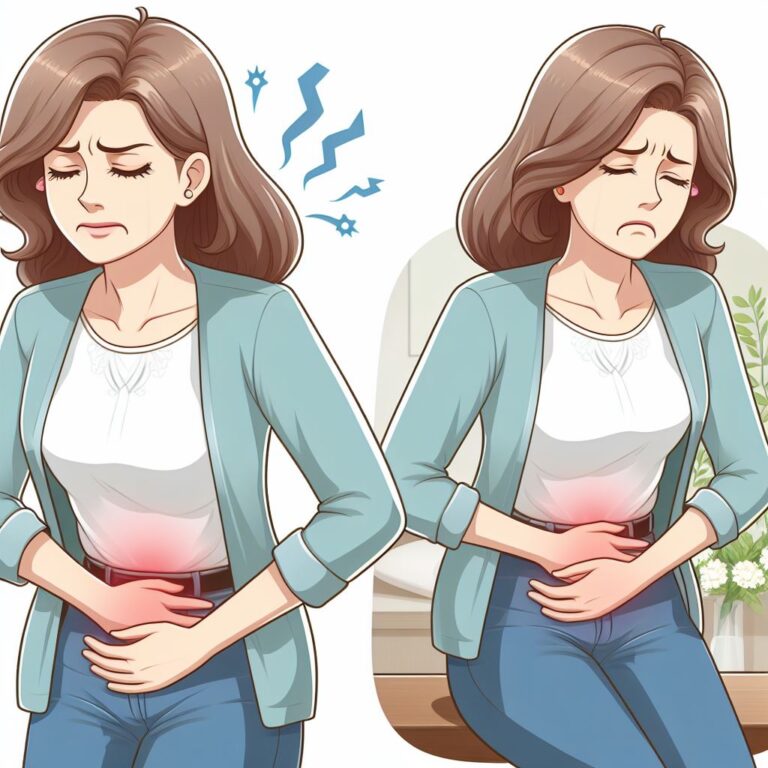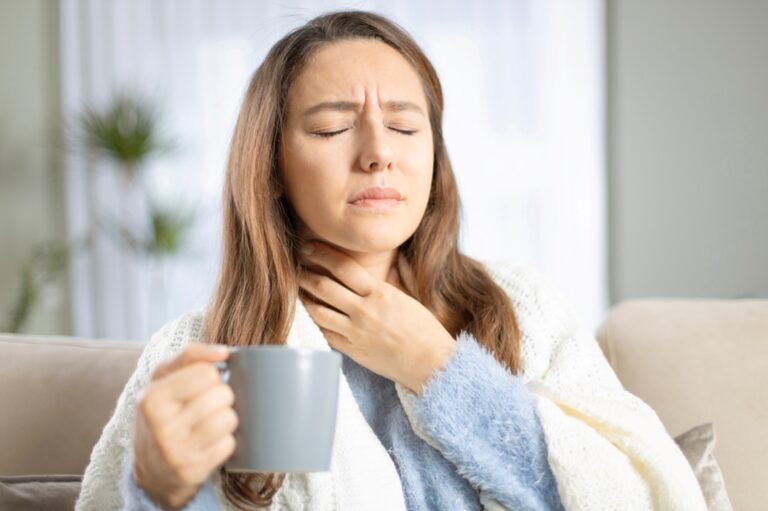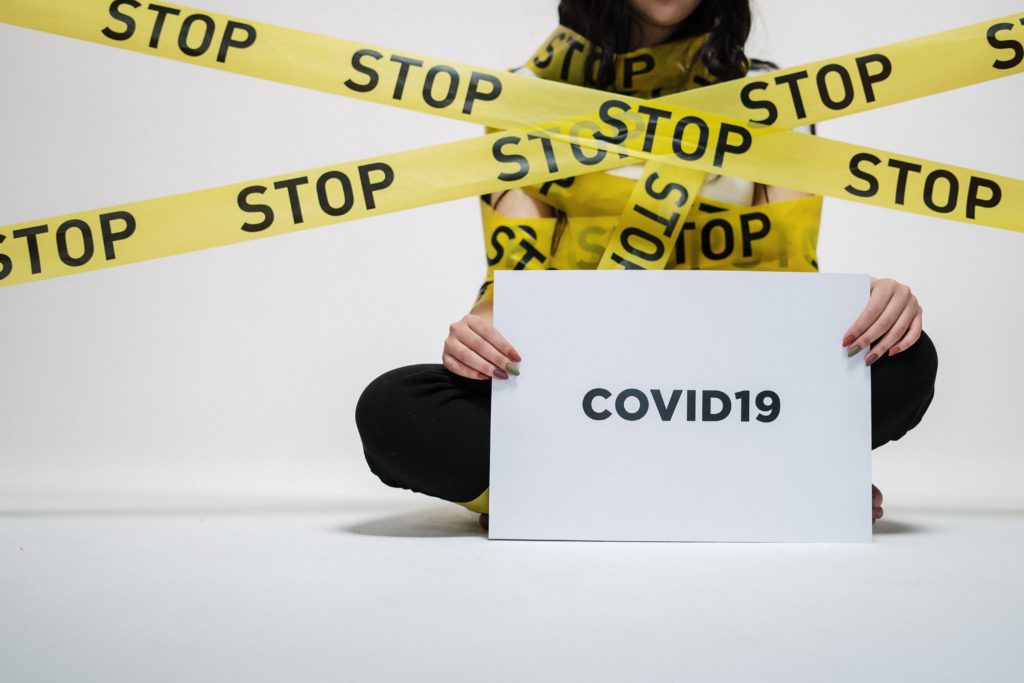
My First COVID-19 Patient....Before the Avalanche
(Disclaimer: to preserve the following patients’ identity. NONE of the 18 HIPAA Identifiers were used when writing this post.)
It all started early March 2020 when I saw a gentleman begin the triage process and the triage note read, “diagnosed with pneumonia at urgent care, sent in for further eval.” This happens frequently in the ER when a patient is sent in from urgent care for further workup if the patient looks ill-appearing, toxic, has comorbidities, etc. Then the triage nurse put in the patient’s vitals and he was found to be febrile, tachycardic, and borderline tachypneic. In my mind, as an ER provider, this was a “slam dunk” sepsis workup and hospital admission, but little did I know that this was just the beginning…..
A gentleman in his mid-50s with no past medical history presents to the emergency from an urgent care clinic with a chief complaint of cough, fever, and chills with insidious onset x 6 days. The patient presented to his primary care doctor three days prior and was placed on antibiotics (Augmentin) with no improvement in his condition. Patient went to urgent care today and was sent into the ER for further evaluation due to abnormal vital signs and multiple lob pneumonia. Patient admits to insidious onset of cough, nonproductive, non-bloody with associative dyspnea, worse with exertion, and chills and fever. Patient denies any headache, recent travel, recent sick contacts, recent hospitalizations, lower leg swelling, chest pain, pleuritic pain, abdominal pain, rash, history of diabetes, history of alcoholism, hemoptysis, close contacts positive for COVID-19. Patient admits to taking Tylenol one hour prior to arrival. Patient admits being compliant with antibiotic regimen and admits being compliant with following with his PCP bi-annually for bloodwork and screenings.
Patients vitals are:
- Temp: 100.1 F (likely patient was febrile prior to taking Tylenol one hour prior)
- HR: 106 bpm
- BP: 124/79
- Resp: 20
- O2 Sat: 96% on room air
Physical exam revealed the patient was well-developed, non-toxic appearing.
- HEENT normal.
- Cardiac: Tachycardic, regular rhythm, no rubs, no murmurs appreciated
- Pulm: +Tachypnea. Rhonchi was appreciated in the left middle/left lower lung fields and also the right lower lung fields. No wheezing.
- GI: Soft, normal bowel sounds. No guarding. No tenderness.
- MSK: Normal ROM. No edema.
- Neuro: Alert and oriented x 3.
- Skin: Warm, normal capillary refill. No rash noted.
- Psych: His behavior is normal.
If it sounds like a duck and walks like a duck, it’s probably a duck. Sepsis workup was initiated and I went on to see other patients.
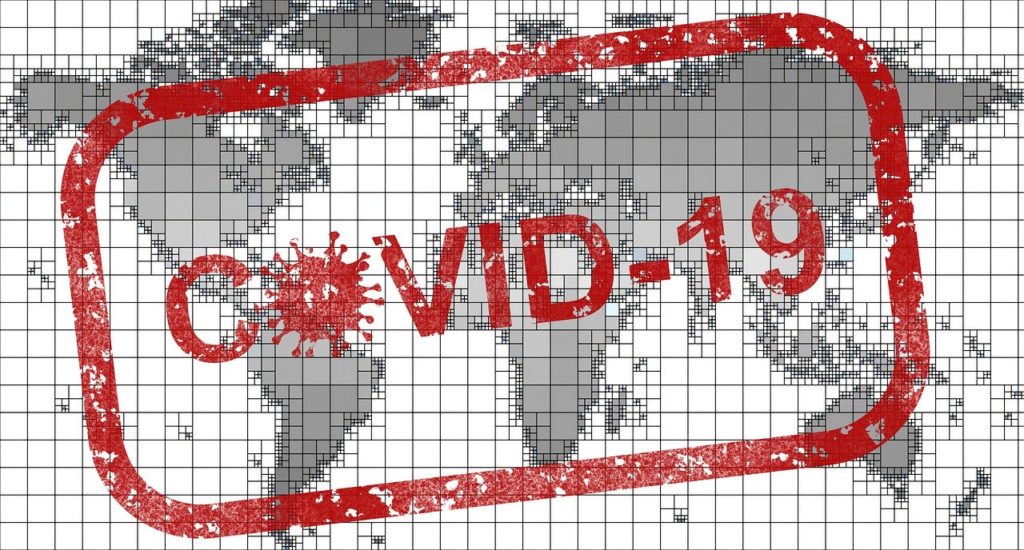
The blood work and imaging were starting to come back. EKG showed sinus rhythm at 97bpm. No ST elevations. No interval changes. RBBB appreciated. Non-specific EKG. X-ray confirmed a bilateral patchy pulmonary opacities, concerning for pneumonia in the appropriate setting. However, his blood work showed a WBC count of 6.01. A gentleman presumed to be septic with multiple lobe pneumonia should have a higher WBC count right? At this point, I went to my attending who just got off lunch, presented the case and what my concerns were and he advised to send patient for a CT chest without contrast, put patient in a negative pressure room and call for an infectious disease consult. (At this time, there were no COVID-19 patients at our hospital).
All of the patient’s blood work finally came back. Negative troponin. Coags WNL. CRP elevated at 85. Influenza and RSV panel negative. Lactic Acid 1.1. Electrolytes and Kidney Function WNL. CT scan showed ground-glass opacities in the bilateral middle and lower lung fields. Infectious disease consult was on the way down to the ER. In the meantime, I advised the patient on his admission to the hospital and he was agreeable.
I went along with the rest of my shift with no issues, went home later that evening and was looking forward to my day off. Two days after this shift, I was working at another job where I got multiple texts and missed phone calls throughout the day. As I got out of my shift, I called back the people who had left me voicemails, one of them was a nurse who works at the hospital. He begins to tell me how that patient I saw two days again started to decompensate; his O2 sat dropped and needed to get intubated earlier that day. It also came out that the patient’s son was admitted to another hospital with similar symptoms and was COVID-19 positive. At this point, I was upset that the patient lied about his recent sick contacts and at the same time was worried about my health and the health of all the workers that took care of this patient. It was early enough in the pandemic that, where I work, we didn’t even have testing kits yet! So now everyone and anyone are scrambling to get testing kits and adequate PPE.
(I get slack all the time because I ALWAYS wear a surgical mask my whole shift in the ER and, this time, it paid off).
Now I get home and am freaking out. Am I infected? Did I infect my parents? I have asthma so it’s a death sentence right? Should I write a will? Well if I die, I don’t have to pay my student loans……crazy ideas were flying into my head. I had another shift at the ER the following day, so I contacted my ER director and he advised me to hold off coming in until cleared by hospital administrators, DOH, etc. So now it was a waiting game. Thankfully, I was able to return to work because I was deemed to have had “minimal interaction with the patient along with wearing a mask.”
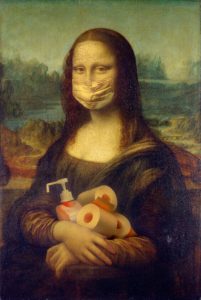
His case was early enough in the pandemic affecting the US that it was scary because no one knew treatments, protocols, proper work-ups, oxygenation therapy, etc. It was about 10 days after this interaction that the internet and media blew up with information regarding COVID-19 and that’s when I went “back to PA-school” and began reading, cramming, and absorbing all the information I could.
Pre-cautions I began to take were wiping down EVERYTHING (desk, computer, phone, Dragon, keyboard) more frequently throughout my shifts. I always did this when I first walked into the ER, but now I’m more diligent about doing it more frequently throughout the shift. Wearing the necessary PPE, gowns, N95 mask with a surgical mask over it, protective eye equipment, double glove, etc. Our hospital has been kind enough to provide surgical scrubs so we can change when we get to work and change out of them when we leave. Before they were doing this, I would strip down in my foyer and then jump in the shower. Before I started in medicine, everyone told me the two dirtiest, germ-filled things in the hospitals are stethoscopes and doctor ties. What about our phones?!?!? I find it so much easier to just call for a consult on my cell phone if I have that doctor’s phone number. And then I either place my phone back into my scrub pocket or back on the desk with a charger. Either way, I feel like my phone gets contaminated throughout the shift and that’s why, when I get home, I throw it in my PhoneSoap. PhoneSoap is a smartphone sanitizer and I have been abusing it more and more since this pandemic started.
The Ultimate Arsenal of Resources to Conquer PA School
So, once the internet blew up with information about COVID-19, I went back to the platforms that I trust and rely on the most.
- EMCrit has been my go-to emergency medicine resource for this pandemic. A doctor I work with recommended this platform and podcast and said, “If you want to be smarter than some ER docs, this podcast is a must.” Say no more.
- OnlineMedEd is doing its part as well. They recently made it easier to access videos through their YouTube channel. Their latest uploads include all things ICU which is perfect for anyone being repurposed by their hospital to cover ICU patients.
- I preach about MDCalc because a lot of emergency medicine is determining who is staying in the hospital and what patients you “diagnosis and adios.” They make it easier to apply guidelines (HEART Score, PERC rule, Centor Criteria, etc). They recently came out with a Brescia COVID Respiratory Severity Scale Algorithm that I have used occasionally as management for some admitted COVID patients.
- Picmonic has also provided some great information and content for easy learning about COVID-19. It is used as an audiovisual learning system with unforgettable stories and characters to help you remember EVERYTHING you need to know for school. It will save you time by enabling you to quickly memorize details. It is like a study break while you’re studying.
- Ninja Nerd Science also has some incredible free content on YouTube that demonstrates the epidemiology, pathophysiology, diagnostics, treatment, prognosis, and precautions of COVID-19.
- Osmosis is another fantastic YouTube and educational platform that has multiple resources for COVID along with mental health during this quarantine!
- Medmaster Inc. who is responsible for the ……..Medicine Made Ridiculously Simple series has free 90-day access to their newest book involving critical care and hospitalist medicine.
- Lastly, Medscape has some worthy articles to acknowledge that encompass Coronavirus on fabric and what you should know and also the updated COVID-19 Ventilation Guidelines.
The snowball turned into an avalanche sooner than I thought with a majority of patients coming into the emergency room with “COVID-like symptoms.” The best thing we can do is stay educated and stay protected the best we can.
Stay safe everyone.
Disclaimer: The HIPAA privacy rule sets forth policies to protect all individually identifiable health information that is held or transmitted. This article is strictly for educational purposes only and in no way is meant to offend, identify, or expose anyone. The identifying characteristics of all patients have been changed to preserve confidentiality. Names of physicians and staff have also been changed to protect their anonymity.
You must not rely on the information on the website as an alternative to medical advice from your doctor or other professional healthcare provider. If you have any specific questions about any medical matter, you should consult your doctor or other professional healthcare provider. If you think you may be suffering from any medical condition, you should seek immediate medical attention. You should never delay seeking medical advice, disregard medical advice or discontinue medical treatment because of information on the website. The use of this website does not imply nor establish any type of doctor/patient relationship. No diagnosis or treatment is being provided by the use of the website. The use of the website does not constitute nor offer any specific medical, dental or surgical advice whatsoever to anyone and is not intended for that use. This website takes no responsibility with regards to misinterpretation of the information provided within the website or any consequences resulting from the use of this website.


